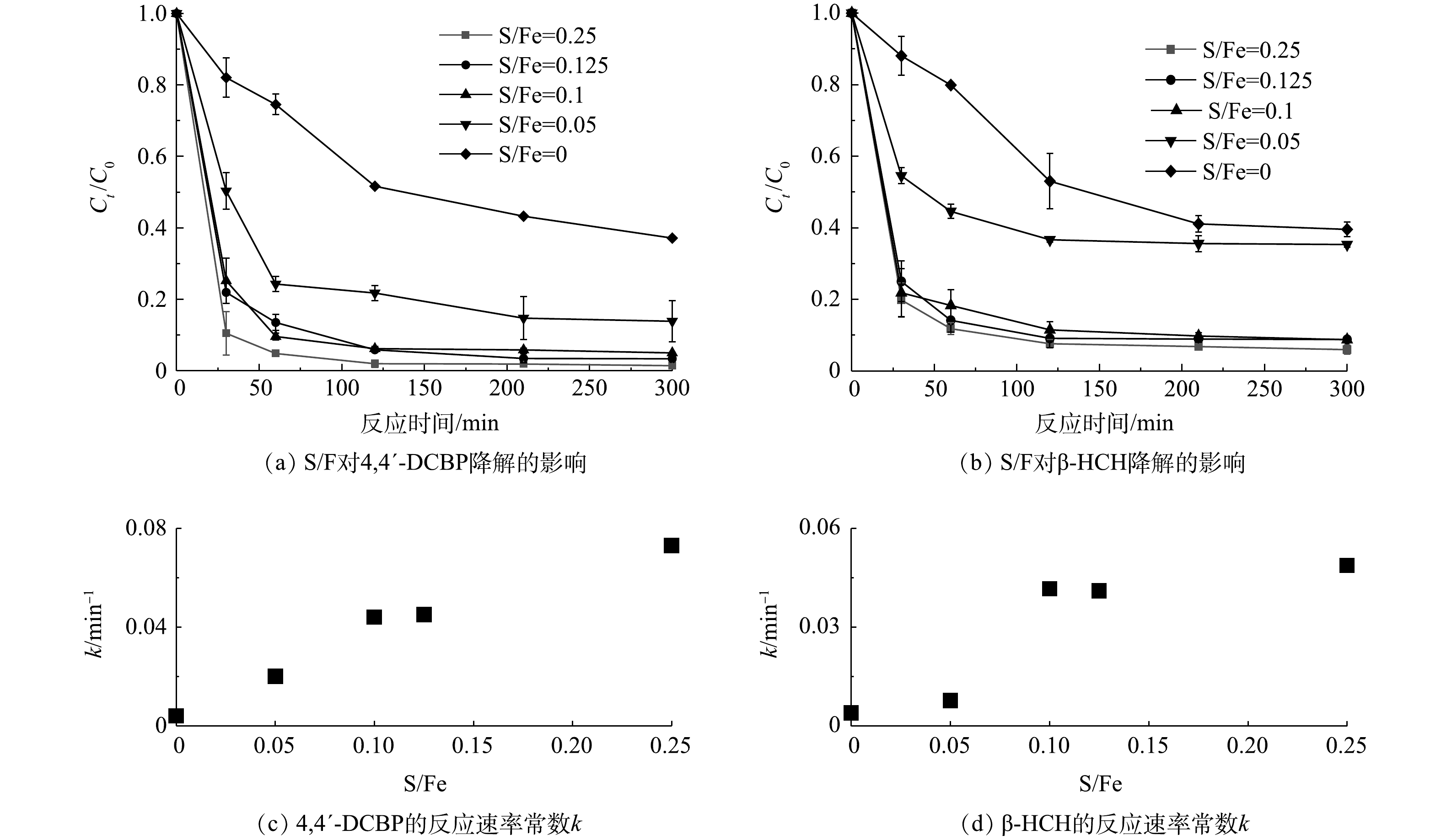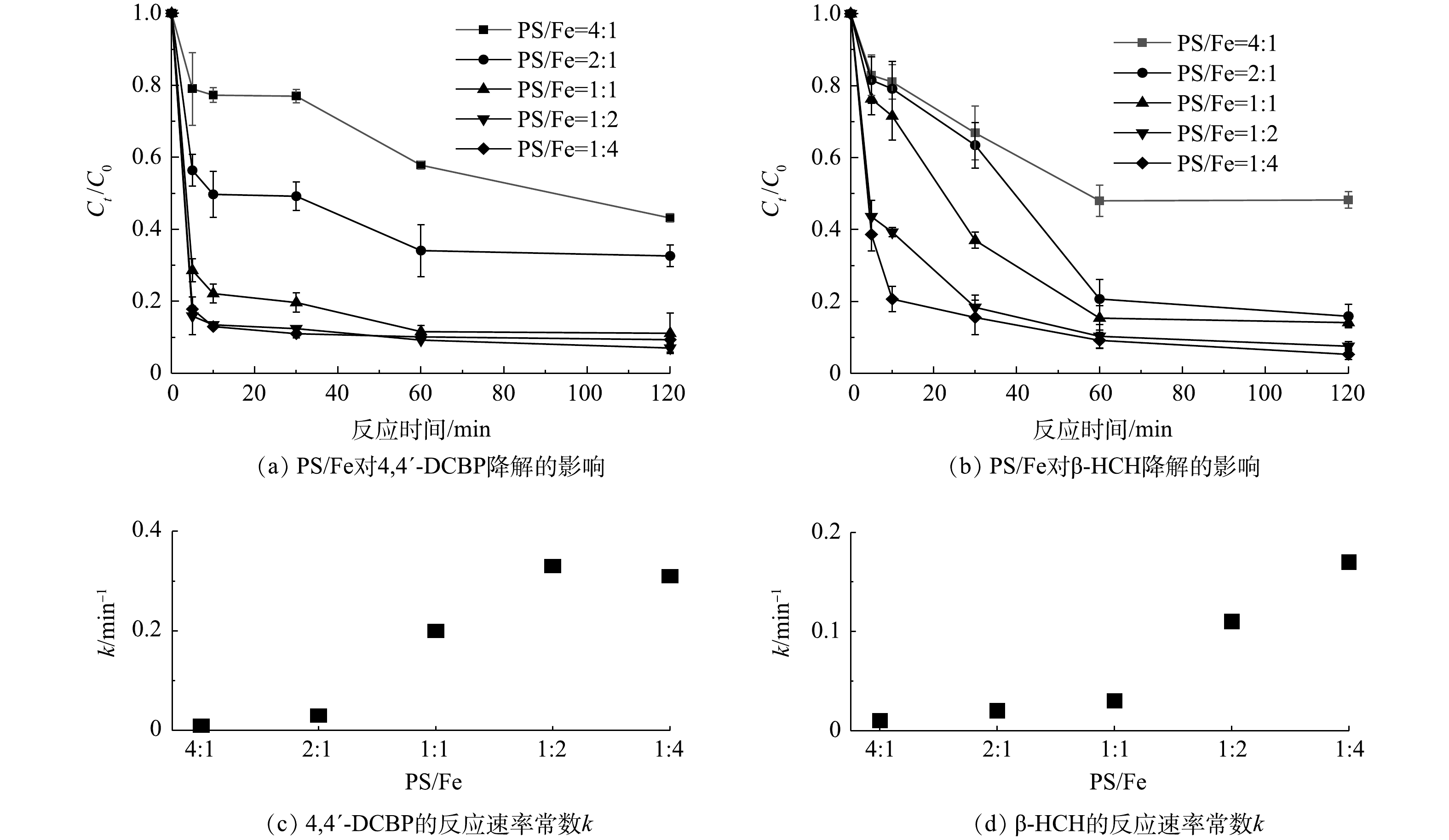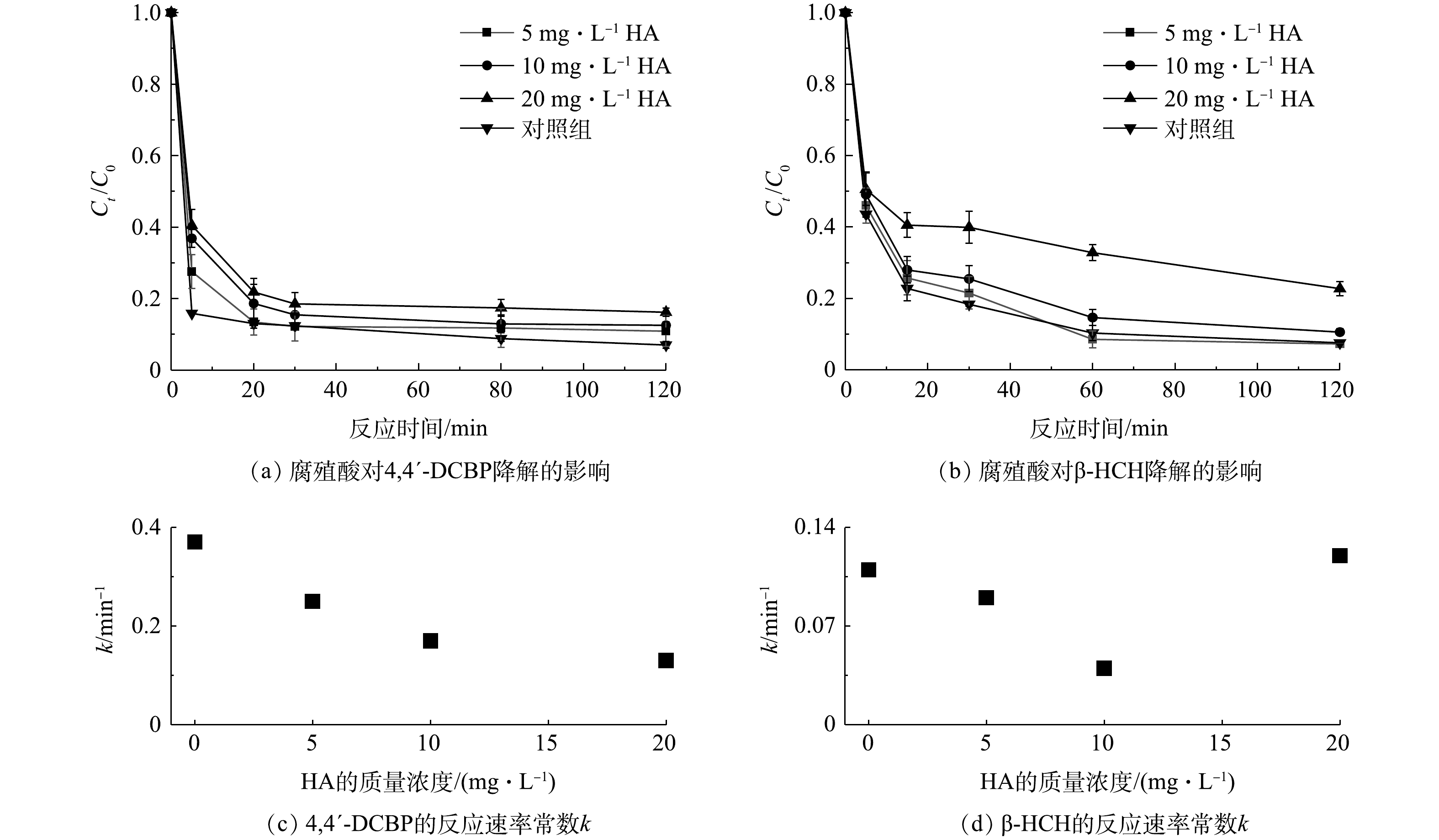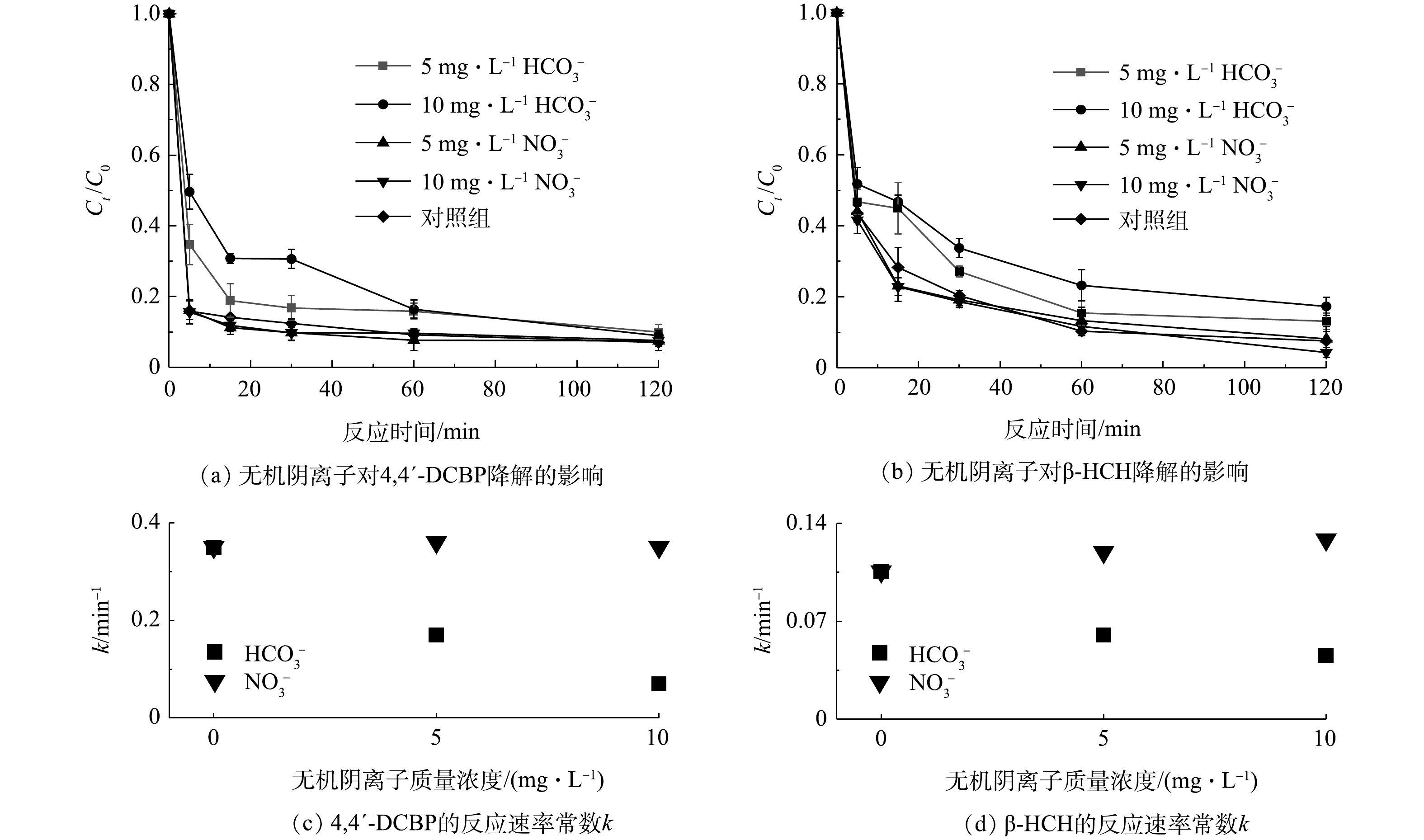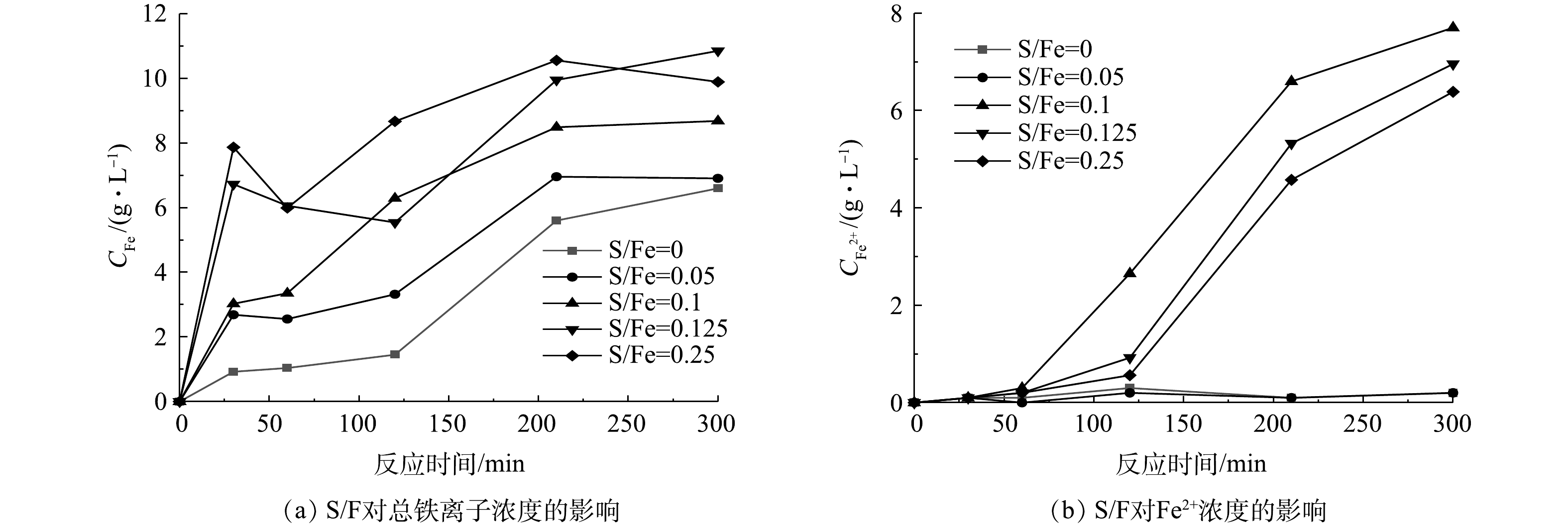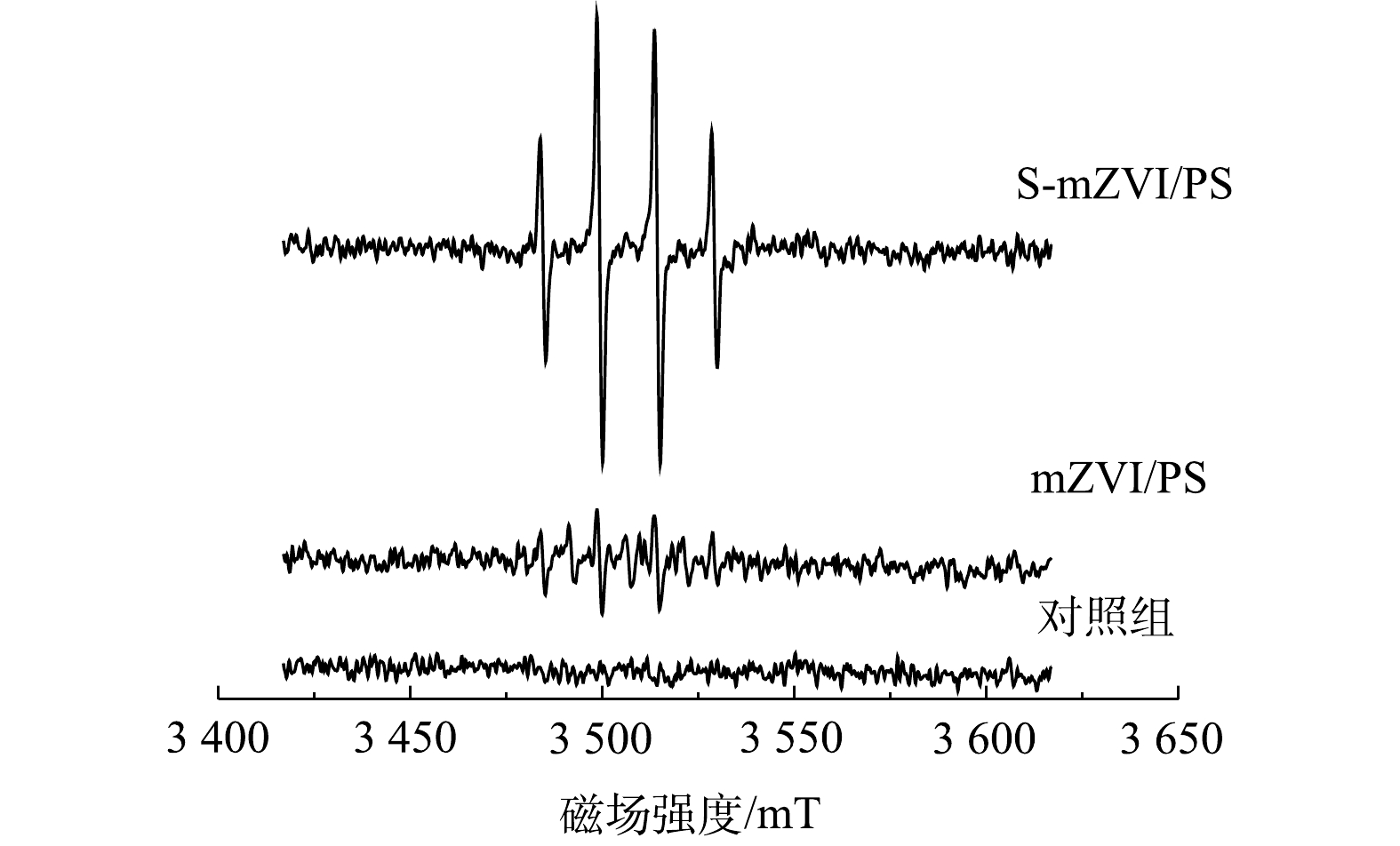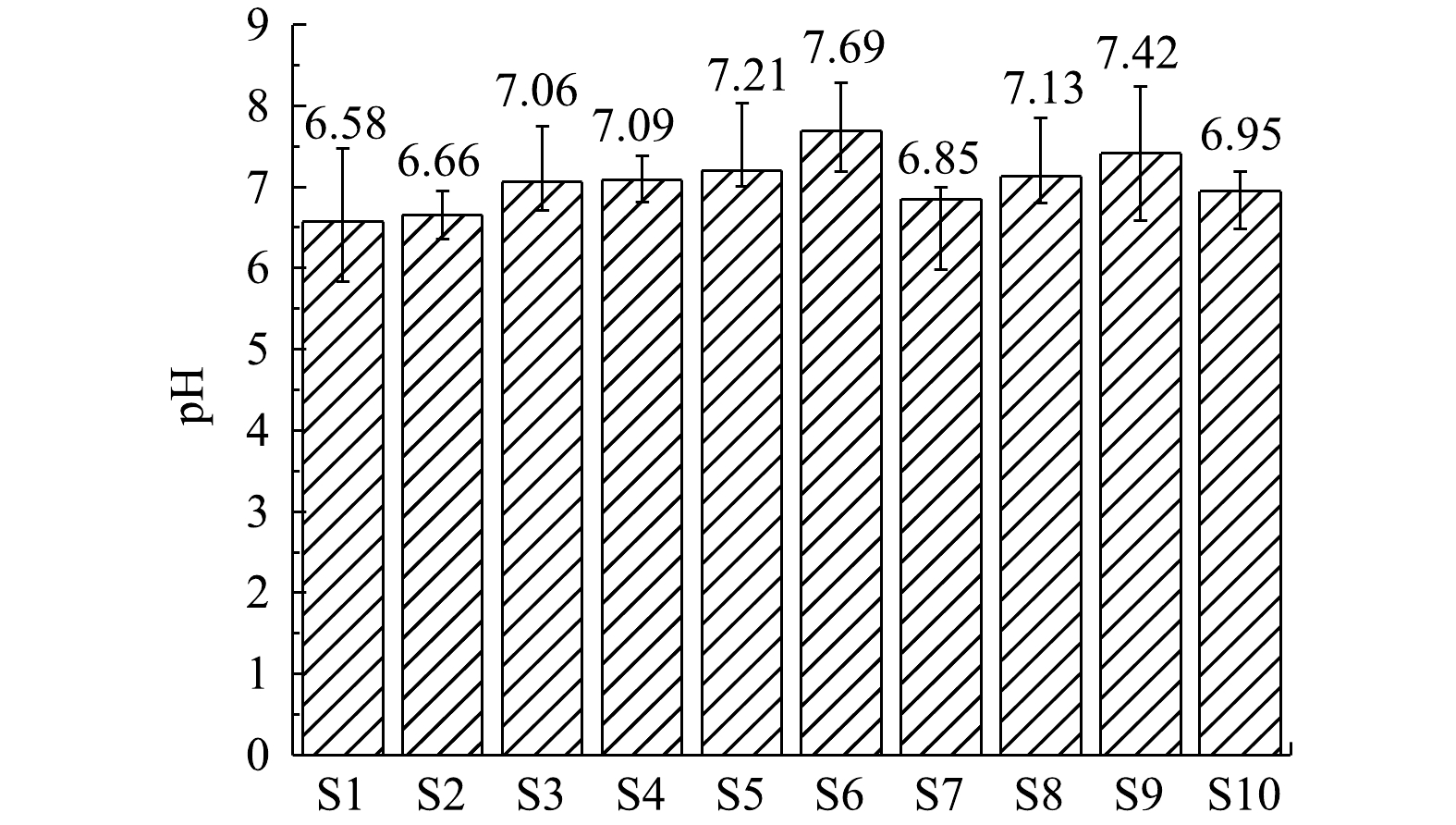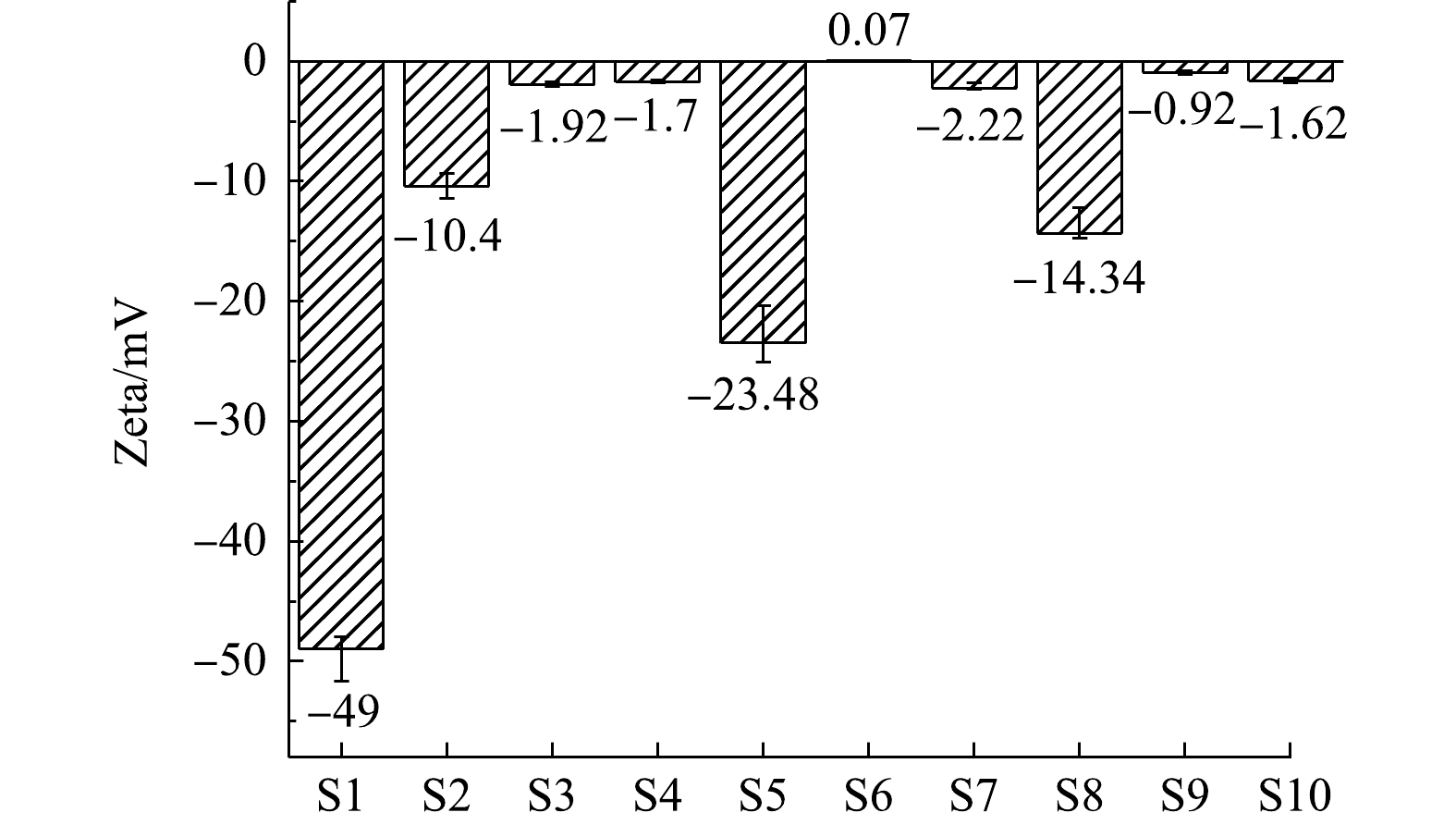-
活性污泥法是当今应用最广泛的污水处理技术。伴随着污水处理过程会产生大量的剩余污泥,而污泥的处理处置已成为污水处理中最主要的问题之一[1]。污泥在最终处置或再利用前,需进行污泥脱水减量化。但是,由于污泥中有机物含量高,其污泥絮体颗粒呈胶状结构且拥有高度亲水性,易与水分子以不同的形式结合使得污泥中部分水分难以脱除,最终导致简单脱水后的污泥仍具有较高的含水率。脱水污泥的高含水率已成为制约其后续处理处置的主要障碍之一,故了解污泥脱水的制约因素显得尤为重要。不同的气候差异可能导致不同地区的污泥在理化性质上产生区别。有研究[2]表明,在北方污泥有机质组成中,蛋白质和脂质的比例高于南方;北方污泥中N、P元素含量远高于南方。而且,随着我国城市建设的不断发展,不同城市的污泥性质也会发生变化[3]。不同城市的污水水质存在明显差异,这些因素都会对污泥性质产生影响[4]。
本研究在我国南北方各选取5座相对分散且具有代表性的污水处理厂的污泥为研究对象,对其理化性质进行系统性对比分析,并对污泥脱水性能与其理化性质间的关系进行研究,以期根据不同的污泥特性为各污水处理厂的污泥调理脱水技术选择提供参考。
全文HTML
-
污泥样品取自于我国南北方地区各5处不同地区、不同处理工艺以及不同进水组成的污水处理厂。对不同地区污泥样品进行编号,编号为S1~S10。所有样品均保存在4 ℃冰箱中,污泥取样点(污水处理厂)及水厂基本情况如表1所示。
-
pH采用 pHS-3C型pH计 (Shanghai, China)测定;有机质使用马弗炉法测定;Zeta电位通过Malvern公司的Zetasizer 2000进行测定;粒径分布特征采用Malvern公司的Mastersizer 2000激光粒度仪分析[5]。EPS中蛋白质含量采用Lowry-Folin法测定,以牛血清蛋白为标准物质,于750 nm波长处进行比色[5];多糖含量采用蒽酮-硫酸法测定以葡萄糖为标准物质,于625 nm波长处进行比色[5]。
毛细吸水时间(capillary sanction time, CST)检测采用英国TRITON公司生产的便携式319型CST测定仪和Whatman 17号滤纸测定。测试步骤为:将体积为5 mL左右的活性污泥放入到测定仪不锈钢圆柱中,记录污泥滤液润湿滤纸从1 cm扩散到3 cm所需时间。为了排除污泥浓度影响,所有测定的结果均需采用污泥浓度进行归一化处理[6],计算如式(1)所示。
式中:nCST为CST归一化结果,s·L·g−1;hCST为仪器测定的毛细吸水时间,s;W为污泥含固率,g·L−1。
胞外聚合物(extracellular polymeric substance, EPS)的提取方法在ZHANG等[7]的基础上修改。首先,污泥沉淀部分在2 000g(离心力)条件下离心15 min,产生的上清液即为粘液层EPS(S-EPS)组分。然后向底部的沉淀投加细胞缓冲液(Na3PO4∶NaH2PO4∶NaCl∶KCl摩尔比为2∶4∶9∶1)至原始体积。混匀之后,在5 000g(离心力)条件下离心15 min,上清液即为松散附着型EPS(LB-EPS)组分。之后,向底部的沉淀加入细胞缓冲液至原始体积。混匀之后,在40 kHz、300 W条件下超声10 min。最后,以20 000g(离心力)条件下离心10 min,上清液即为紧密结合型EPS(TB-EPS)组分。
三维荧光光谱分析(3-dimension excitation emission matrix, 3D-EEM)检测采用Hitachi F-7000型三维荧光光谱仪对污泥EPS中荧光组分组成进行分析,激发光源为氙弧灯,激发波长λEx为200~400 nm,发射波长λEm为220~550 nm,激发和发射狭缝宽度为5 nm,扫描速度为12 000 nm·min−1。三维荧光图谱采用平行因子(PARAFAC)进行解析,从而识别出主要的荧光组分信息,数据处理使用Mat Lab 8.6软件进行[8]。
1.1. 供试污泥
1.2. 检测方法
-
不同地区污泥样品脱水性能如图1所示。由图1可知,锦州污水处理厂(S3)和玉溪污水处理厂(S6)的污泥脱水性能最差,nCST分别达到了220.4和214.2 s·L·g−1;路桥污水处理厂(S9)的污泥脱水性能同样不理想,nCST为53.5 s·L·g−1;其他地区的污泥脱水性差异不大,基本保持在11~28 s·L·g−1。
-
不同地区污水处理厂污泥样品的理化性质如图2~图5所示。由图2可知,不同地区污泥处理厂污泥样品的pH基本保持在中性范围,波动较小。图3为不同地区污泥样品的粒径特征。由图3可知,张北污水处理厂(S5)污泥的粒径最大,沙河污水处理厂(S4)、阎良污水处理厂(S7)和路桥污水处理厂(S9)污泥粒径次之,而其他地区污泥样品粒径均较小。一般而言,污泥脱水性能与粒径(d0.5)呈现出较好的负相关性。在污泥脱水过程中,污泥颗粒粒径越小,数量越多,污泥颗粒的比表面积就越广,其吸附的荷电粒子和胞外聚合物(EPS)就越多。这不仅会阻碍脱水过程中污泥中的间隙水、毛细水和吸附水的释放,而且还会阻碍污泥颗粒之间的结合[9]。不同地区污泥样品的表面电荷分布(Zeta电位)如图4所示。由图4可知,不同地区污泥样品的表面电荷分布差异较大,除玉溪污水处理厂(S6)的污泥样品的Zeta电位不为负值外(0.07),其他地区的污泥样品均为负值,且各个地区的Zeta电位差异明显。通常来说,污泥颗粒呈负电性,其周围会吸附一层带正电荷的离子,这些离子会与水分子发生水合反应,吸附大量水分。另外,污泥颗粒的Zeta电位值越大,表面电荷越大,颗粒间的斥力越大,可压缩性差,会导致污泥的蓄水能力增强,从而导致污泥脱水困难[10]。图5为不同地区污泥的有机质含量(MLVSS/MLSS),污泥有机质含量与气候、温度、污水的来源以及处理工艺密切相关。有机质含量最高和最低的样品分别出现在张北污水处理厂(S5)和长沙污水处理厂(S1)。北方污泥样品的有机质含量平均值(54.66%)均明显高于南方污泥样品的平均值(43.28%)。污泥有机质含量是影响污泥脱水性能的关键性因素,污泥有机质含量越高,污泥中EPS含量越高。EPS很大程度上影响着污泥的絮体结构,较高的EPS将会提高污泥的束水容量,导致污泥脱水性能变差[11]。另外,有机质含量高还会降低泥饼的机械脱水效率[12]。
-
多糖和蛋白质是污泥EPS的主要组成部分,两者可占污泥EPS的70%~80%[13]。不同地区污泥样品各层EPS中多糖和蛋白质含量如图6所示。如图6(b)所示,不同地区污泥EPS中多糖含量差异明显。其中,湖南长沙污水处理厂(S1)和贵州都匀污水处理厂(S8)的污泥EPS中多糖含量最低,这可能与这2个地区污泥的有机质含量相对较低有关。另外,多糖在不同层EPS中的分布也存在较大差异,湖南永州污水处理厂(S2)、云南玉溪污水处理厂(S6)、浙江路桥污水处理厂(S9)和山东莒南污水处理厂(S10)的污泥样品中,多糖在S-EPS和LB-EPS中分别较多,而辽宁锦州污水处理厂(S3)、河北张北污水处理厂(S5)和陕西阎良污水处理厂(S7)的污泥样品中多糖主要分布在LB-EPS和TB-EPS中。此外,由图6(a)可知,不同地区污泥EPS中蛋白质含量差异同样明显。其中,辽宁锦州污水处理厂(S3)、河北张北污水处理厂(S5)、云南玉溪污水处理厂(S6)和陕西阎良市污水处理厂(S7)的污泥样品EPS中蛋白质含量较高,这同样可能与这4个地区污泥中有机质含量较高有关。另外,这4个地区污泥EPS中蛋白质主要分布在S-EPS和TB-EPS中,其他地区污泥EPS同样也是在TB-EPS中蛋白质含量最高。有研究表明,EPS的存在可导致污泥的脱水性能变差[14]。其中,蛋白质对污泥脱水性的影响最为显著。还有研究指出,S-EPS中蛋白质的含量越高,污泥的脱水性越差[15]。蛋白质是一种生物大分子,蛋白质和水分子能结合生成各种稳定度不同的胶体溶液。此外,蛋白质分子表面有许多极性基团,这些基团与水分子有高度亲和性,很容易吸附水分子,导致蛋白质颗粒外面形成一层稳定的水化膜,使得被EPS包裹的细胞颗粒彼此间不能靠近,阻碍了颗粒的聚集、沉淀,最终增加了污泥中结合水的稳定性[16]。因此,EPS中蛋白质、多糖和核酸为主要成分组成的类凝胶结构是污泥高度持水的主要原因。若要实现污泥的深度脱水,就必须破坏由污泥中EPS构成的污泥类凝胶结构。
-
三维荧光谱图对生物源类物质的表征具有独特优势,特别是对污泥中微生物生命代谢分泌的有机物具有较高的检测灵敏度[17]。一般将三维荧光光谱分为4个区,不同区域、荧光强度代表不同物质及相应的浓度。这4个区域分别是色氨酸类蛋白(TPN)、芳香族类蛋白(APN)、富里酸类物质(FA)及腐殖质类物质(HA)[18]。而且,通过平行因子分析(PARAFAC)可以将三维荧光光谱各个组分进行拆分。不同地区污泥样品EPS中荧光组分拆分结果如图7所示;对应的荧光组分荧光强度分布特征如图8~图10所示。首先,在不同地区污泥EPS中主要拆分出TPN、FA和HA 3种荧光组分(图7)。对于S-EPS(图8),主要拆分出TPN和HA荧光组分,这说明该层EPS中富里酸和芳香类蛋白质含量相对较低。不同地区污泥的S-EPS中这2类荧光组分含量差异明显,河北张北污水处理厂(S5)、陕西阎良市污水处理厂(S7)和浙江路桥污水处理厂(S9)的污泥样品S-EPS中这2类荧光组分含量较高。而且,除了贵州都匀市污水处理厂(S8)污泥样品S-EPS中色氨酸类蛋白质含量低于腐殖酸外,其他地区污泥样品S-EPS中色氨酸类蛋白质含量均高于腐殖酸含量。对于LB-EPS(图9),主要拆分出TPN和FA荧光组分。不同地区污泥LB-EPS中色氨酸类蛋白质含量与S-EPS中色氨酸类蛋白质基本呈现相似的规律,且含量均高于富里酸含量。与LB-EPS相同,TB-EPS中也只拆分出TPN和FA荧光组分(图10),而且色氨酸类蛋白质含量远高于富里酸含量。
-
Pearson相关性分析被用来解析不同地区污泥基本性质(包括pH、粒径、Zeta电位和有机质含量)与污泥脱水性能间的关联机制(表2)。污泥絮体粒径和污泥有机质含量展现出显著的相关性(r=0.709, P<0.05),表明大颗粒污泥可能具有较高的有机质含量。不同地区污泥的大部分基本性质之间不具备显著的相关性,这说明不同地区污泥的脱水性能不单单受某一单一污泥性质的影响,而是多种因素共同作用的结果。除了上述的污泥基本性质以外,污泥EPS中的组成物质(多糖与蛋白质)也是影响污泥脱水性能的重要因素。如表3所示,nCST与各层EPS中多糖含量无明显相关性,这说明EPS中多糖对污泥脱水性能的影响作用不明显。EPS中蛋白质含量与nCST之间的相关性分析(表4)表明,S-EPS中蛋白质含量与nCST之间存在显著的相关性(r=0.858,,P<0.01),由此说明污泥的脱水性能随着S-EPS中蛋白质含量的上升而逐渐降低,这与相关研究结论[15]一致。
-
结合上述讨论和相关研究结论可知,污泥絮体的有机组成是影响污泥脱水性能的关键因素,而其中EPS对污泥脱水性能的影响最为显著[19]。污泥有机组成特征在不同地域、不同污水处理工艺中差异较大,即使同一污水处理工艺,不同的进水水质也会对微生物活性和生长状态造成影响。不同地区污泥基本性质(包括nCST和有机质含量)与污水处理厂进水COD的相关性分析如表5所示。进水COD与污泥有机质含量显著相关(r=0.704,P<0.05),这表明污水厂进水水质对污泥有机质含量具有明显的影响效应。但进水COD与nCST之间的相关性不明显,进一步表明了污泥的脱水性能是由多因素决定的。
由表1可以看出,南部地区的污水处理厂的有机质含量明显低于北方污泥有机质含量。南方有机质含量普遍在35%~50%,而北方污泥普遍接近60%(需要指出的是,山东莒南污水厂(S10)污泥中泥沙含量较高,导致有机质含量较低;北京沙河污水处理厂(S4)运行负荷较低为60%,使得进水中有机物大部分被微生物利用,微生物大多处于饥饿状态,使得有机质含量较低)。同时,有机质含量高的污泥普遍CSTn较高,这与之前的相关性分析结果相一致。此外,不难发现在同一地区,A2O工艺产生的剩余污泥的有机质含量普遍低于氧化沟工艺,且nCST也较低。这是由于,A2O工艺相比于传统活性污泥法和氧化沟法,增加了缺氧反应区,更有利于硝化反硝化的进行,有机物去除效果更好,污泥中有机质含量也相应较低。另外,进水水质不仅影响污水处理系统的稳定和出水达标情况,也会影响污泥胞外聚合物的组成和污泥的脱水情况。生活污水比例越低,即工业污水比例较高,会导致污泥的有机质含量部分升高(由于污泥中泥沙含量较高的原因,山东莒南污水厂(S10)除外)。这是因为,工业污水中含有大量不易被微生物氧化利用,甚至会抑制微生物生长的有机污染物,会导致微生物分泌更多的胞外聚合物,从而将液相中有机物吸附于细胞外壁并缓慢分解,使得胞外聚合物中蛋白质、多糖、溶解性微生物产物(SMP)等的组成比例升高,最终导致污泥的脱水性能下降。
综上所述,污泥的脱水性能不仅与污泥自身的理化性质有关,还会受到地域差异、污水处理工艺、进水组成等因素的影响。
2.1. 不同地区污水处理厂污泥样品脱水性能
2.2. 不同地区污水处理厂污泥样品的基本性质
2.3. 不同地区污水处理厂污泥样品EPS中多糖与蛋白质分布特征
2.4. 不同地区污水处理厂污泥样品中荧光组分分析
2.5. 污泥性质对污泥脱水性能的影响
2.6. 进水水质、处理工艺、地域对污泥脱水性能的影响
-
1)不同地区污水处理厂污泥在理化性质与脱水性能方面具有明显差异,南方的污水处理厂污泥粒径相对较小,有机质含量较低,北方的污水处理厂污泥表面电荷普遍较低。
2)不同地区污水处理厂污泥的絮体粒径和有机质含量表现出显著的相关性(r=0.709,P<0.05)。污泥各层EPS中多糖含量对污泥脱水性能的影响作用不明显,而蛋白质与污泥脱水性能呈负相关,尤其是S-EPS中的蛋白质含量对污泥脱水性能的影响作用最为显著(r =0.704,P<0.05)。
3)三维荧光和平行因子分析显示,S-EPS主要拆分出TPN和HA荧光组分,而LB-EPS和TB-EPS中含有TPN和FA荧光组分。










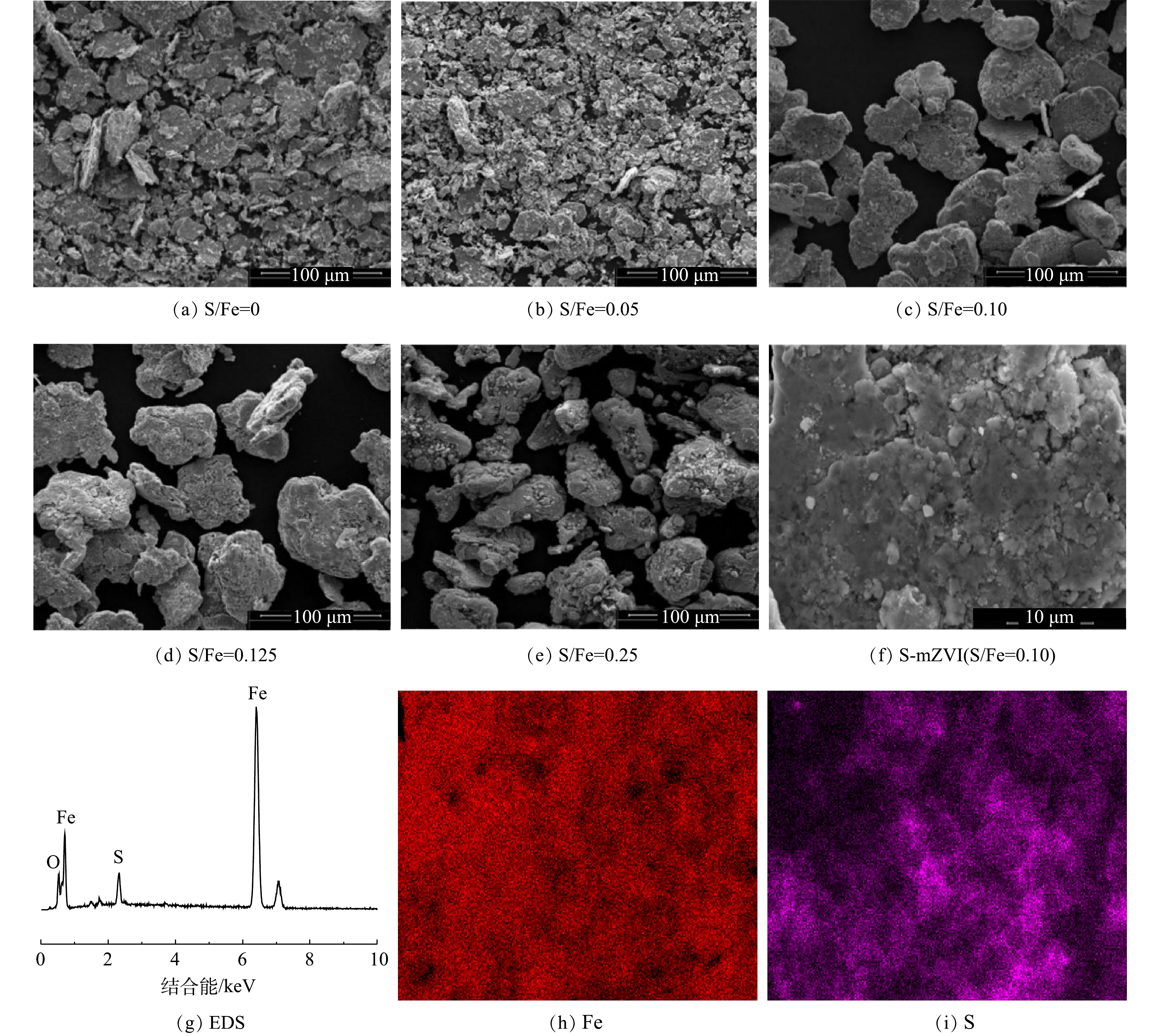
 下载:
下载:
